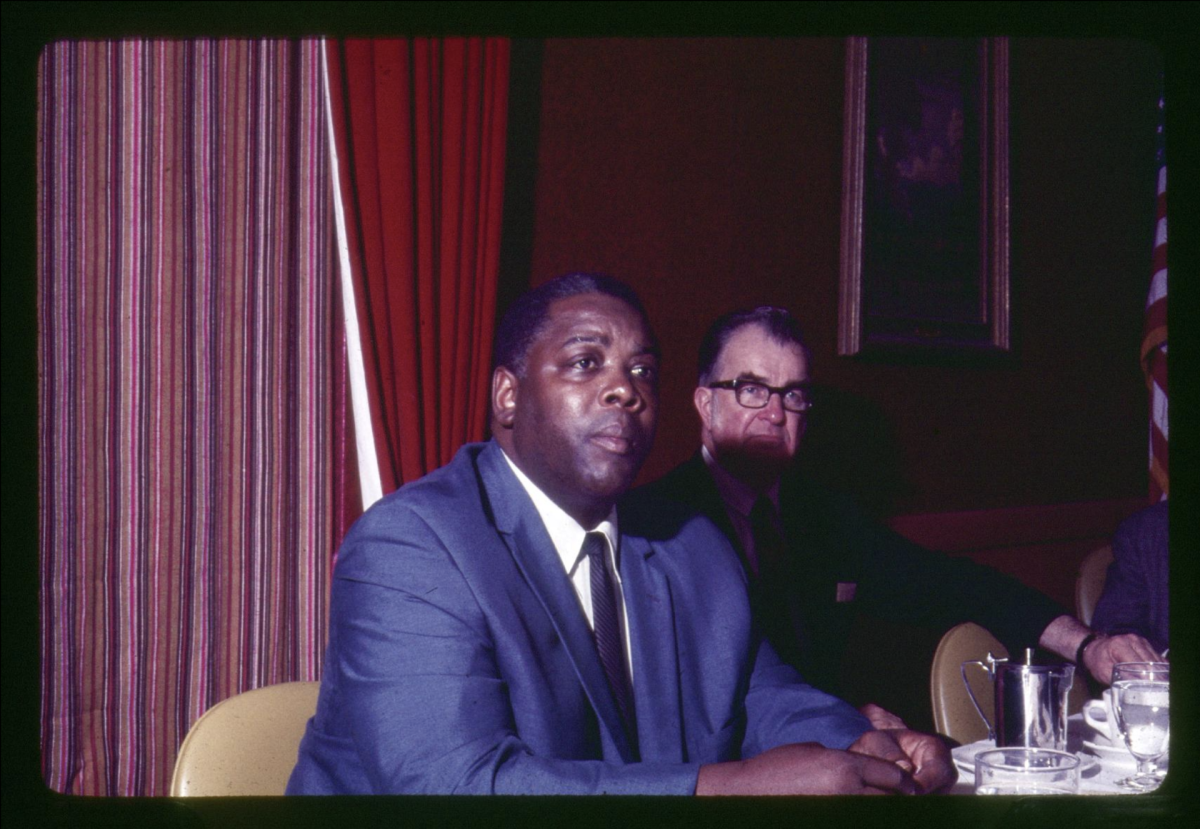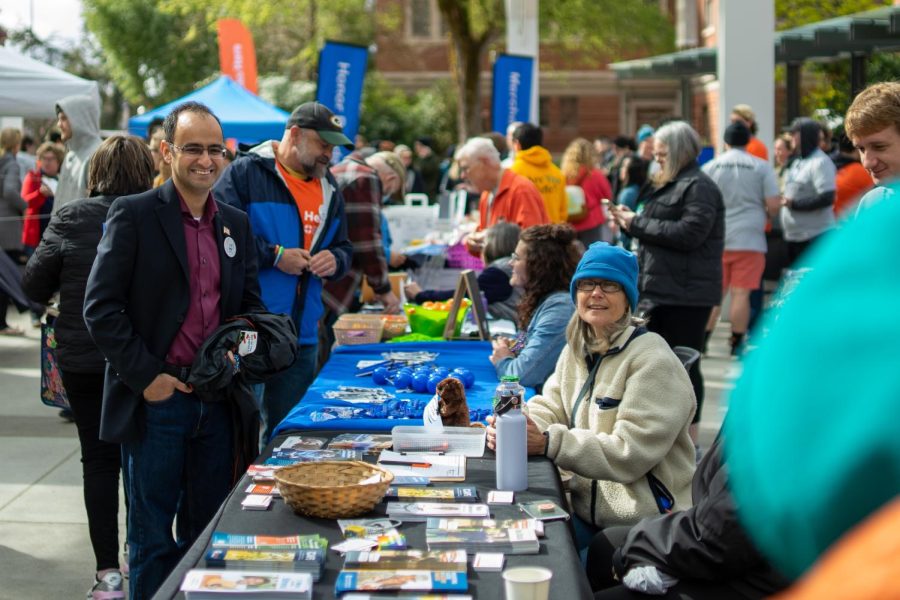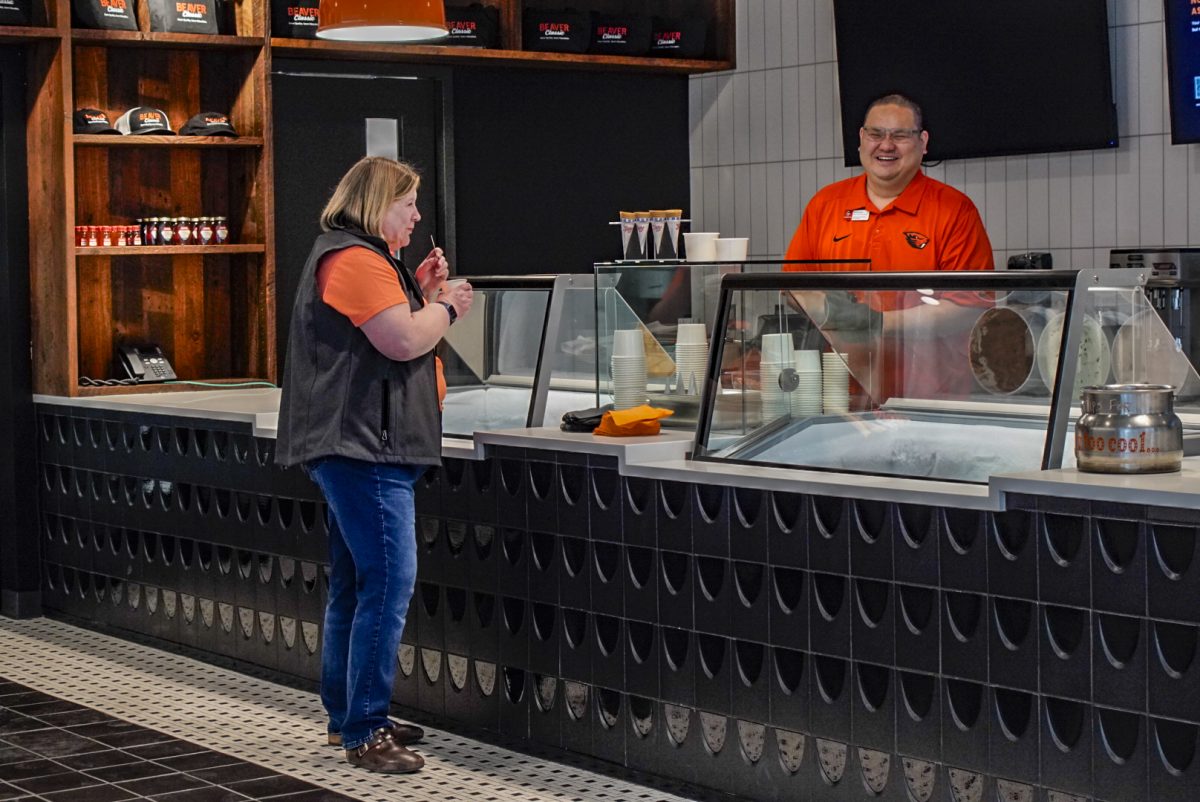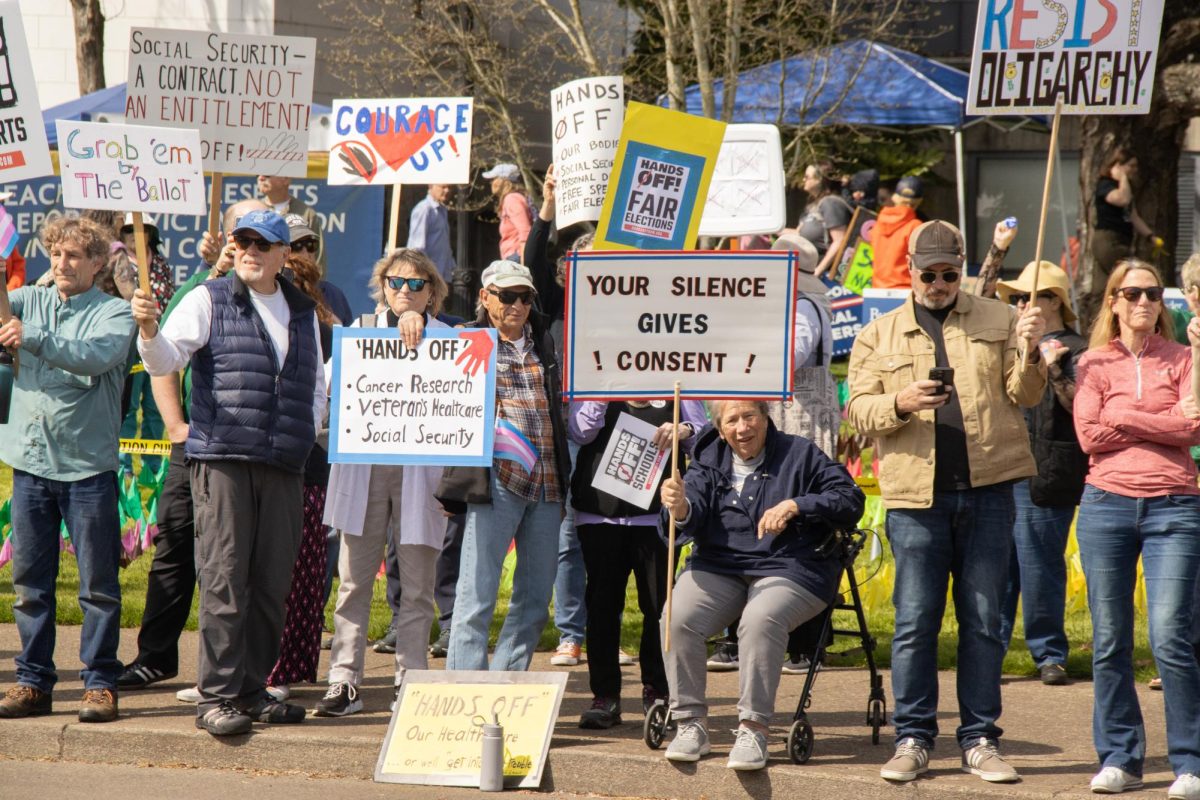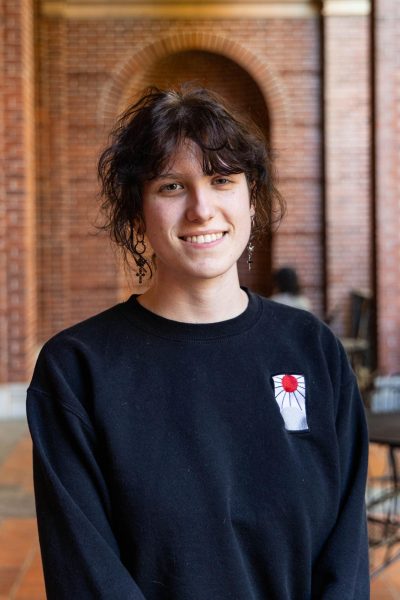Although small, the Oregon State University-Cascades campus refuses to stop its continued growth, taking steps to expand throughout the decades.
The Cascades campus has been a part of Oregon State University since 2016 and has continued to grow from a one room schoolhouse to fully realized campus with dining halls and dorms. The Cascade campus prides itself on its personal attention that comes with a smaller campus, all with the same quality of OSU’s main campus.
The first time the idea of expanding the campus was brought to light was in 2016, and the idea was considered but not acted on. It resurfaced again in 2017 with even greater consideration. Finally, in 2018 the City of Bend approved the expansion and the master plan was finalized and put into action.
The plan follows a 30-year route with plans for the Innovation District, 10 miles of new biking and walking paths, an amphitheater, more housing, student success center and a wellness center.
The next big project in the master plan is the construction of the Innovation District. The construction started with phase one and is now moving into phase three.
Jarrod Penttila, director of Capital Planning and Construction at OSU-Cascades, is in charge of the planning and development of the campus expansion.
According to Penttila, an Innovation District is like a research park but with more of a focus on the student experience.
“We are striving to create a place where folks who want to come are creating new products that are helping drive businesses and industries in Central Oregon and across Oregon overall,” Penttila said.
According to Penttila, the Innovation District will allow for students to partner with each other and get internships. It will also serve as a space where students, private industry and university faculty come together with the intention of economic development.
“You look at what Corvallis and the main campus has going for it and there is a lot of incredible research happening that helps drive things,” Penttila said. “But the overall business ecosystem around Corvallis is not quite the entrepreneurial level that we see here in Bend, and I think that Bend has some opportunities to bring to the table.”
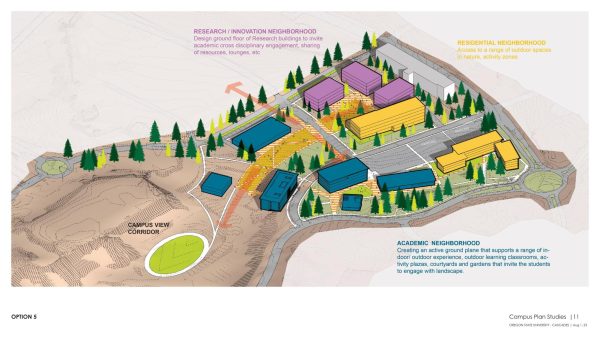
Within the city limits of Bend, there are 72 acres of landfill and 46 acres of pumice mine. According to Penttila, these areas will be reused effectively by using the dirt from the landfill to fill the mine and flatten out the land for building.
“Most folks don’t realize that there was a giant landfill right within the city limits of Bend, so it is an exciting opportunity to remediate that and see folks walking through a site that was previously blighted and was inaccessible to the public,” Penttila said.
According to Penttila, the remediation plan started off in late 2019 with claiming the pumice mine and the first section of the remediation, which covered about two acres, and they used it as a proof of concept for how the rest of the project will continue.
Currently, Penttila said they are working on finishing up the remediation and now are moving on to installing infrastructure. This includes water pipes, sewer pipes, power data, heating and cooling for all the future buildings in the Innovation District.
According to Penttila, phase three of remediation is going to be considered the center of campus. They will move 400,000 cubic yards of waste as well as another half million cubic yards of soil overall.
“It will really start to feel like the center of a college campus, feels a bit odd right now because there is a giant landfill in the middle of it, but that will go away and that’ll make the site for our future student health center, recreation center and our next housing project,” Penttila said.
Over the course of the project so far, Penttila said that he believes that the biggest success has been how they have utilized the long range development plan since it allows them to think about the next 40 years of growth on campus and the future possibilities of creating a net zero energy campus.
“We have a pretty incredible opportunity here that a lot of other campuses don’t have, those campuses have been in place for 100 plus years,” Penttila said. “They’ve got really old aging systems and it is a lot more difficult for them to make that transition, so we’re able to think about that ahead of time and make those decisions now that help us achieve those outcomes earlier.”
Funding is where they found hurdles in relation to the project. They have been having a hard time getting state support and funding for the campus. This issue comes from the type of work they are doing. Penttila said that land remediation work is complex and unique.
They are trying to execute the long remediation period in a way that is respectful to the land and cost effective, which has proven to be a challenge that according to Penttila, he and his team have risen to and excelled at.
The ecological impact of the project is something that they are taking very seriously. According to Penttila, they had 118 combined acres of landfill and a pumice mine that were just sitting there. However, woven throughout the landfill were some areas that were still natural, and they tried to circle around them while also incorporating them into the master plan.
This landfill is not like a typical landfill. Most have municipal waste, which is everyday items and trash, but this landfill was all construction and demolition waste.
“It is largely the stuff you would find if you tore down a house: drywall, two by fours, carpet and roofing. It is just in a different nature than the stuff that typically rots and becomes concerning.”
During this removal process they continue to monitor air quality to make sure that nothing hazardous is occurring. The environmental firm who monitors all the construction double checks everything. According to Penttila, if that consultant is not on campus to monitor, the construction team cannot continue any work until one is available.
The students of OSU-Cascades have been involved in the planning of their newly improved campus. According to Penttila, the master plan that guided the Innovation District had student feedback built into it. The feedback influenced how they separated the different parts of campus, and the creation of the oval green, which is going to be the heart of campus.
There has been less student engagement during the remediation process, due to its complexity.
The feedback they have received, according to Penttila, has been overwhelmingly positive.
“There’s people who have looked at the campus and gone, ‘I can’t believe you’re turning a landfill into a campus,’ or ‘You know, when you said you were gonna do this in 2016 or 2017 we thought you were crazy, and now I see what you are doing out there and it is amazing,’” Penttila said.
According to Penttila, he took on this project due to his background feeling stuck in a place with almost no other options for schools other than Boise State University.
“I realized that there are students in Central Oregon that believe they’ve got nothing, nothing nearby that they can go to. So the idea of building a campus here in Central Oregon to serve those place-bound students and support them really spoke to me on a personal level.”



















































































![Newspaper clipping from February 25, 1970 in the Daily Barometer showing an article written by Bob Allen, past Barometer Editor. This article was written to spotlight both the student body’s lack of participation with student government at the time in conjunction with their class representatives response. [It’s important to note ASOSU was not structured identically to today’s standards, likely having a president on behalf of each class work together as one entity as opposed to one president representing all classes.]](https://dailybaro.orangemedianetwork.com/wp-content/uploads/2025/03/Screenshot-2025-03-12-1.00.42-PM-e1741811160853.png)
























